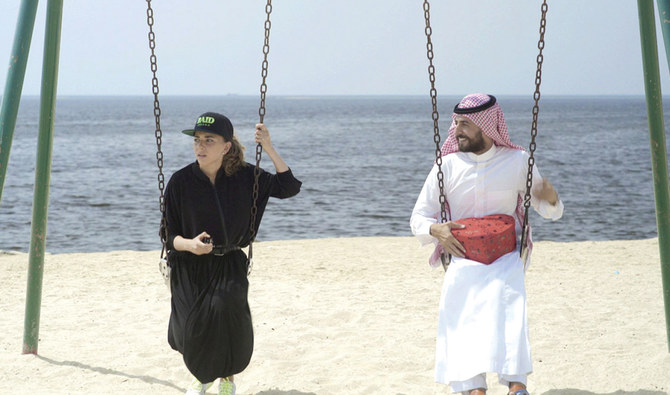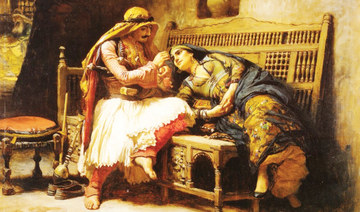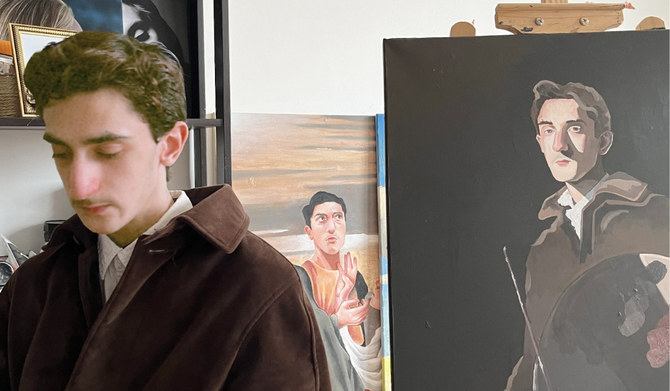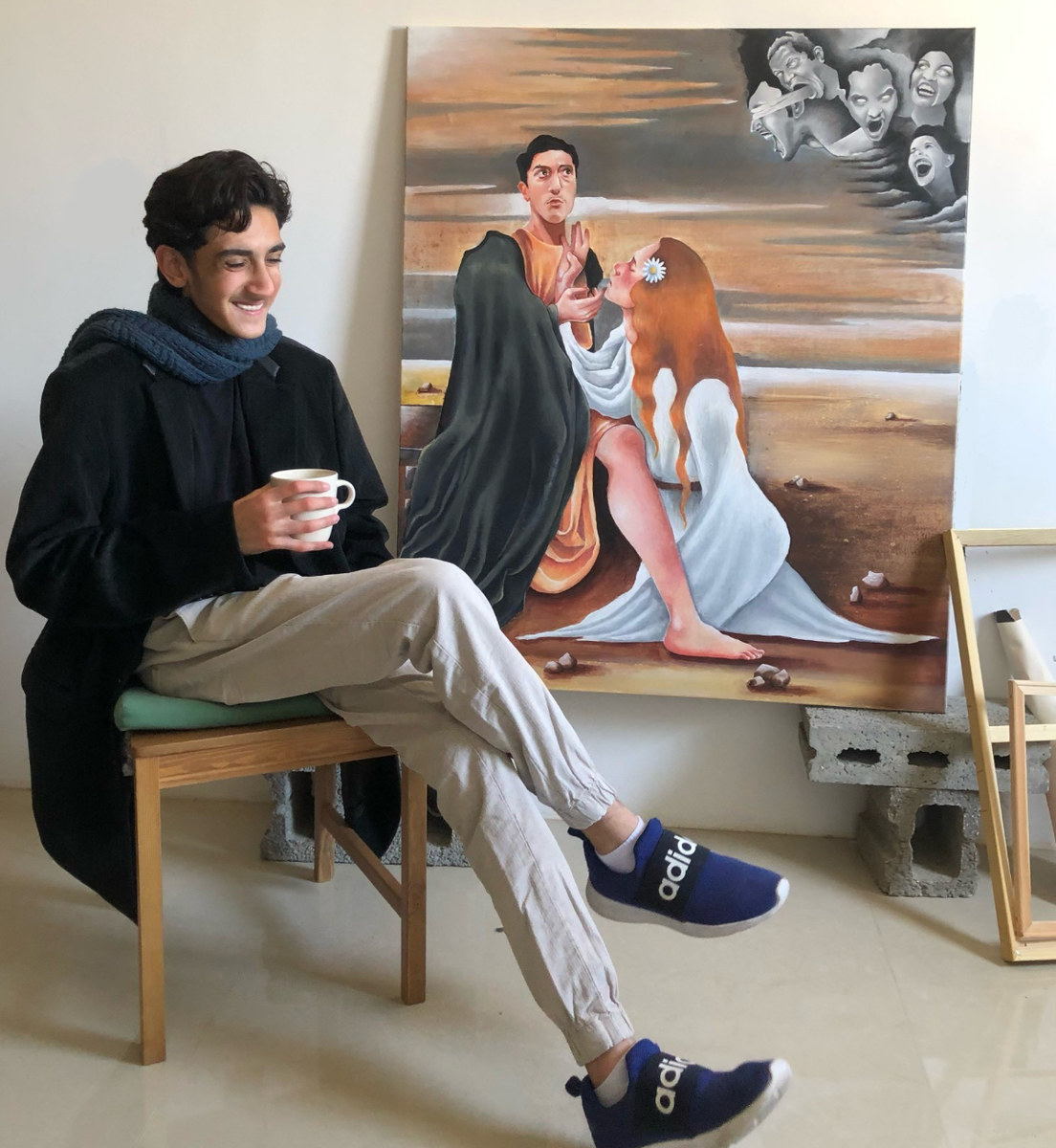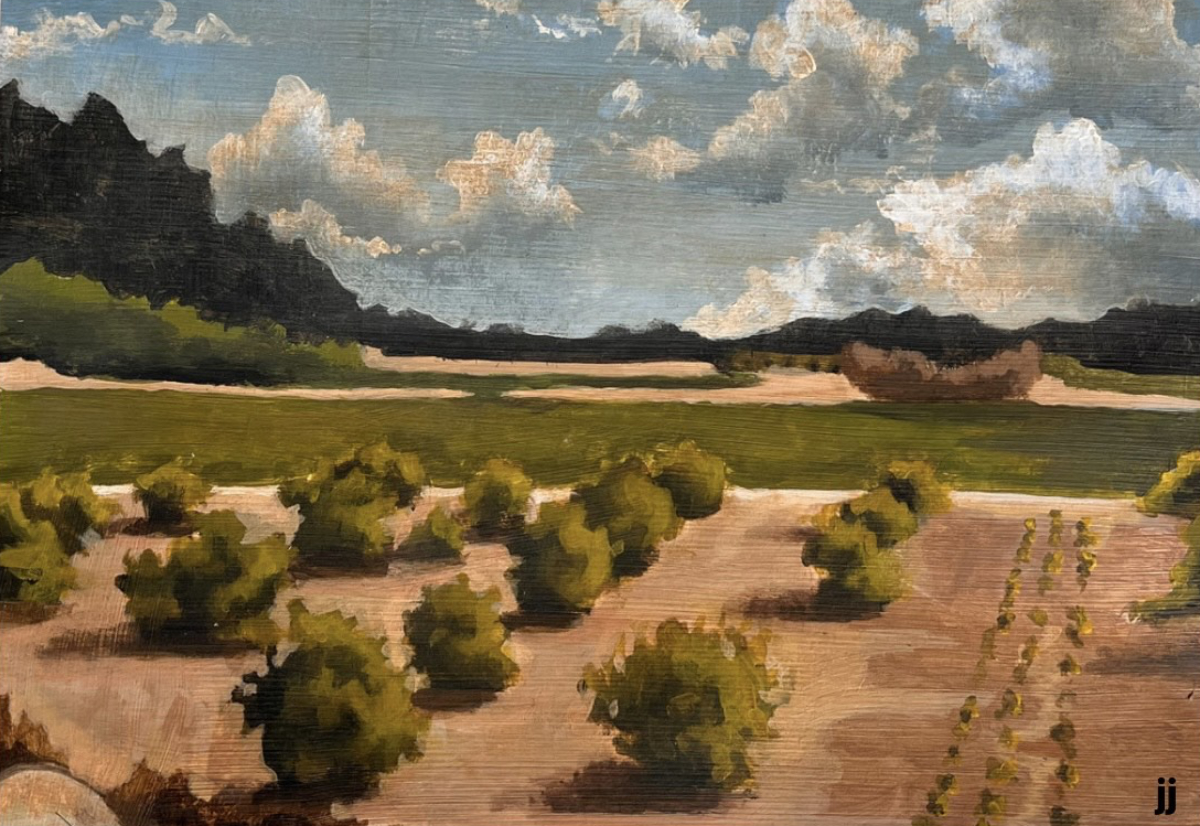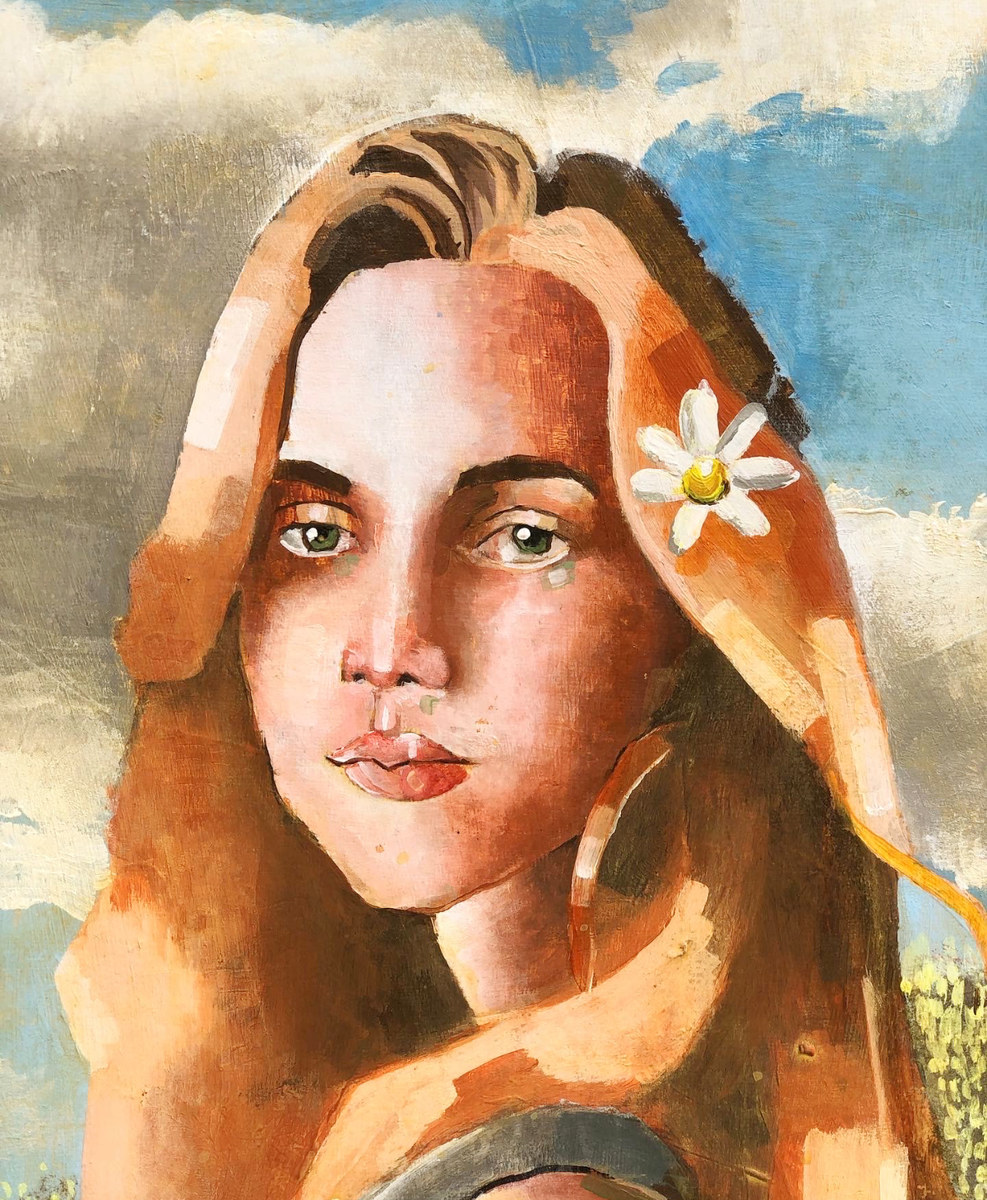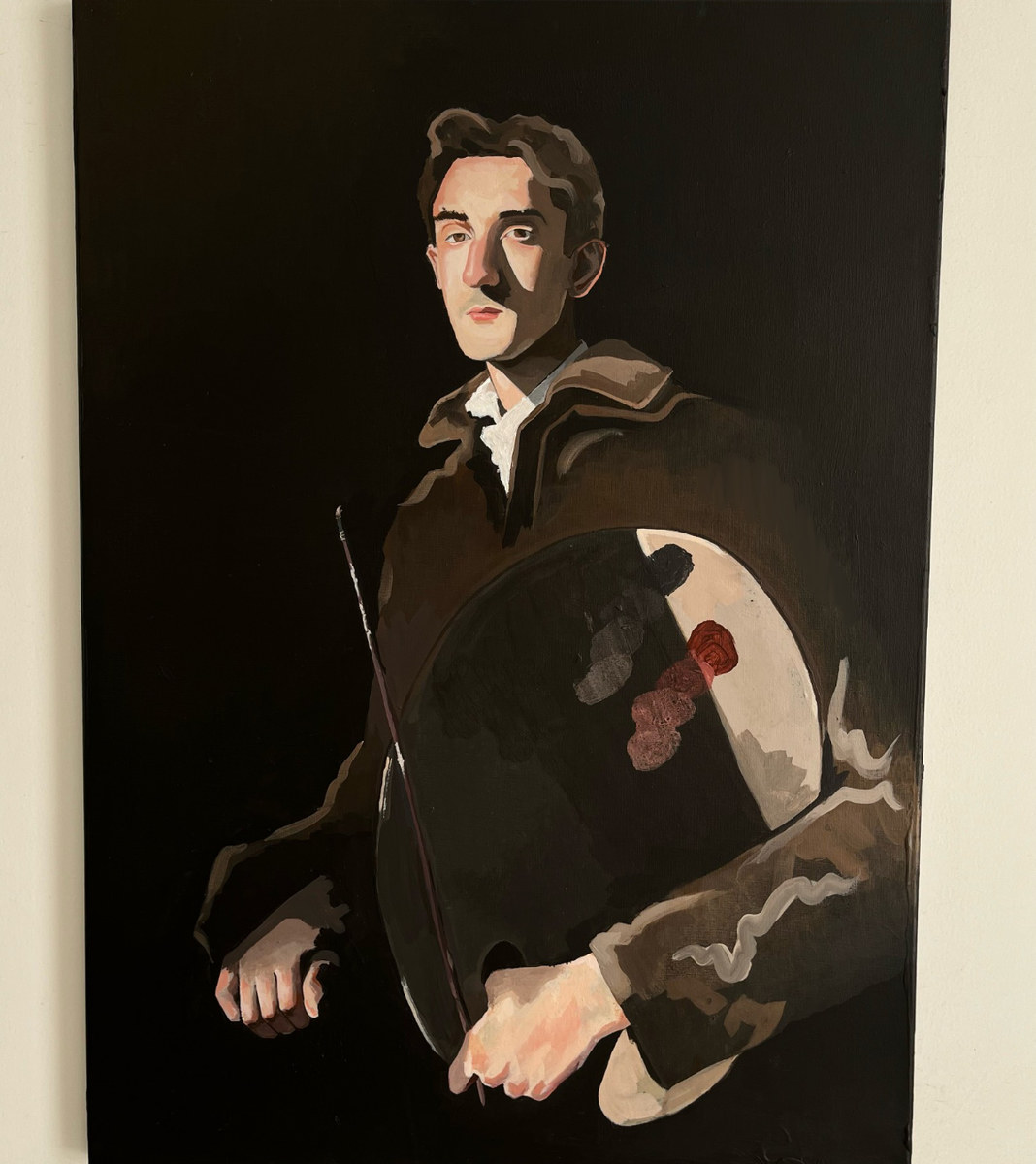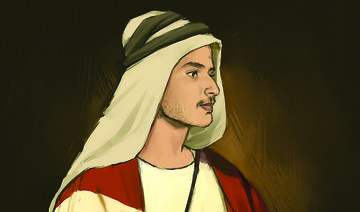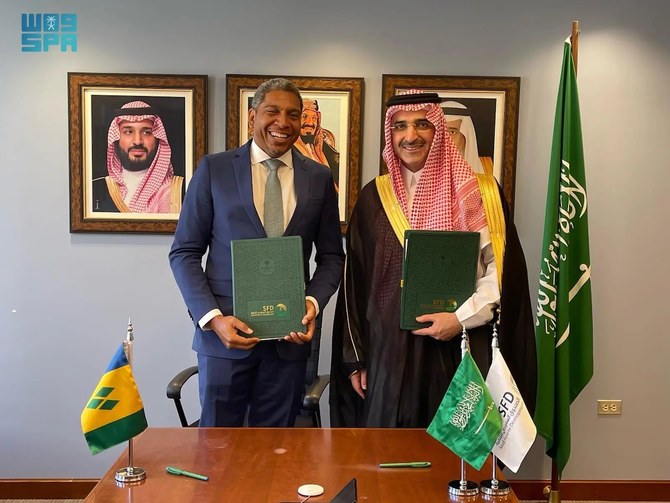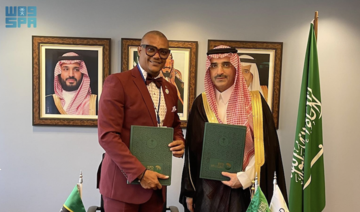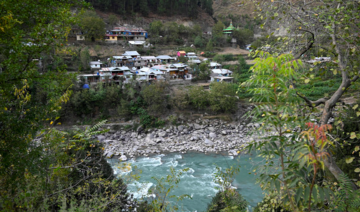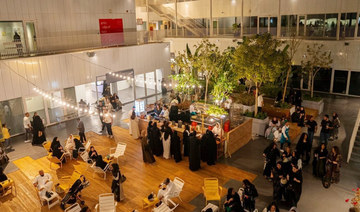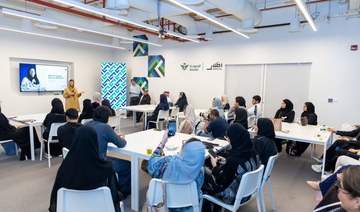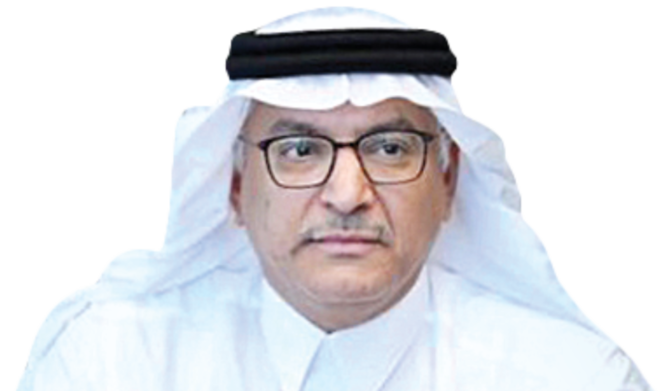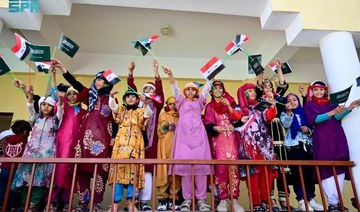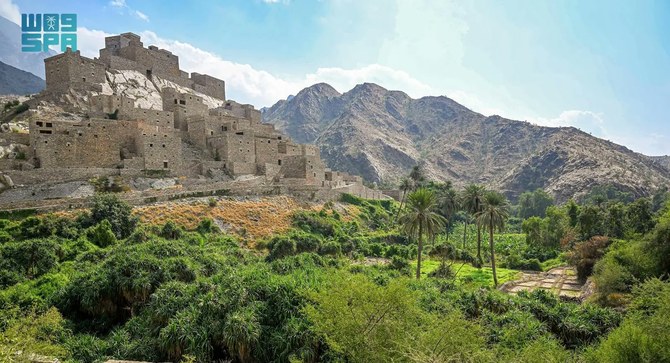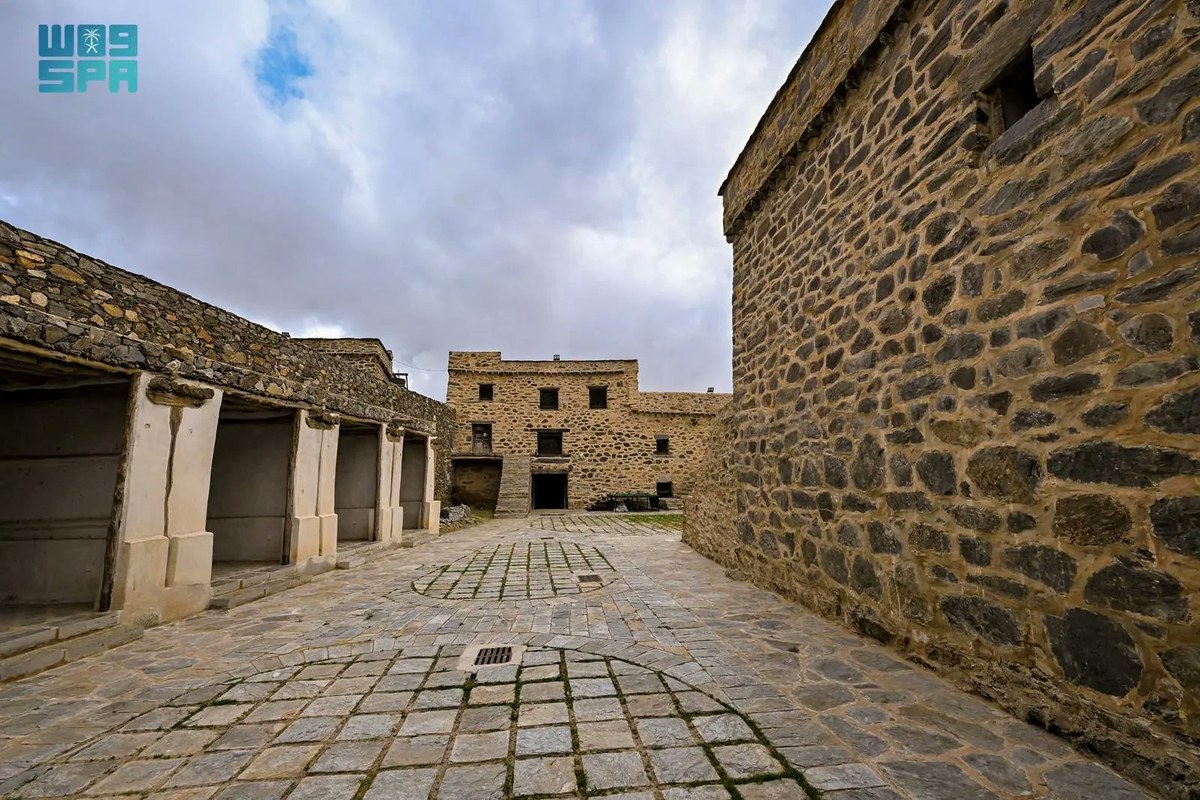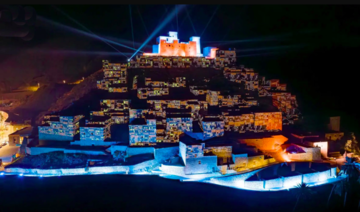JEDDAH: The love story is a relatively new concept in Saudi movies, but filmmakers and actors are finding they are increasingly able to portray this aspect of life from the Kingdom’s perspective.
“Roll’em” was one of the first such Saudi films to appear in cinemas. It centers on an aspiring filmmaker who wants to showcase his city, Jeddah, and realizes how much it means to him when he meets an underrated cinematographer living in a country without cinema.
The film is a love story between characters Lina Najjar, played by Sara Taibah and Omar Nizar, played by Khaled Yeslam.
The director of the film, Abdulelah Al-Qurashi, told Arab News that Saudi audiences were positive about the story, and the film received great reviews.
“I think it (the love story) worked out more than other scenes. There was a scene where Omar sees his ex-girlfriend by chance in the supermarket and his reaction grabs the attention of the audience. I felt that they were able to relate to this because I think this is the first time such a scene appears on screen, but is quite common in reality,” he said.

A film poster for “Roll’em,” by Abdulelah Al-Qurashi
The story of “Roll’em” is from one perspective — Omar’s. “When I’m talking about someone’s journey, how is there a journey without love? It’s a universal human trait. I felt that this was necessary to show,” Al-Qurashi said.
He previously played the father in the short film “Zaina’s Cake,” directed by Nada Al-Mojadidi.
Zaina, played by Sarah Taibah, is a young college graduate in Jeddah struggling to start a baking business without her father’s consent. She meets Ma’an, the delivery boy who helps her, and over time she realizes that her new life could force her to choose between her father and a young man.
“Zaina comes from a very strict lower-middle-class Saudi family,” Taibah said. “Her father is very strict and doesn’t want her to work in a mixed-gender environment. She falls in love with the delivery boy, and then her father finds out. It had a happy ending; he lets her pursue what she wants in the end. It was such a simple love story.”
“It was refreshing for most people because we’re not used to seeing ourselves in these love stories,” Al-Mojadidi explained. “We’re used to seeing them in Western films. It’s refreshing because everyone goes through their own story but you don’t get to share that story as our culture doesn’t really embrace it — it’s the same issue we have in our society, not just our cinema. It was refreshing to see people accept it. It’s such a typical Saudi story.”
“Roll’em” has a different type of love story that’s more modern and relevant nowadays — “a genuine love is seen in the film, guys and girls being friends — no one (in the audience) was attacking the idea,” Taibah said. “It’s a combination that everything is changing and that the love is very relatable and genuine. It’s not crossing the uncomfortable Saudi line.”
Taibah said Saudi audiences wanted to see such stories, as films offer a more genuine sense of emotion that many relate to on a deeper level. “People are hungry just to relate,” she said.
“As an artist, not only as a writer and actress, performer or illustrator, I always look for love, heartbreak and intimacy as themes for my work, so I make sure that comes across,” she added.
Taibah described the relationship between her character Lina in “Roll’em” and Khaled Yeslam’s character Omar as one that the audience could relate to.
“It is an open ending, we don’t know if they are still together or not. All we know is that she’s always going to be there for him. Even when the characters are going through difficult times and are kind of broken up, she shows up and helps him to make the screening of his film he’s been working on. It’s a relationship we know; we’ve either lived it or we know someone who did.”
“It’s that type of relationship that’s so doomed but always going because of the familiarization, companionship and acceptance than that flame in the beginning of a relationship,” she said. “You can sense the emotions of my characters; you see how these two were so in love, with glimpses of the good moments they had, but overall she’s exhausted, she feels like she’s becoming his mother not his lover.”
The role of cinema and any art is to touch on human nature, Al-Mojadidi said. “That’s the job of this art form. This is why it exists, it’s like a mirror that shows you everything. A mirror doesn’t show you just how good you look, it shows you how you look.”
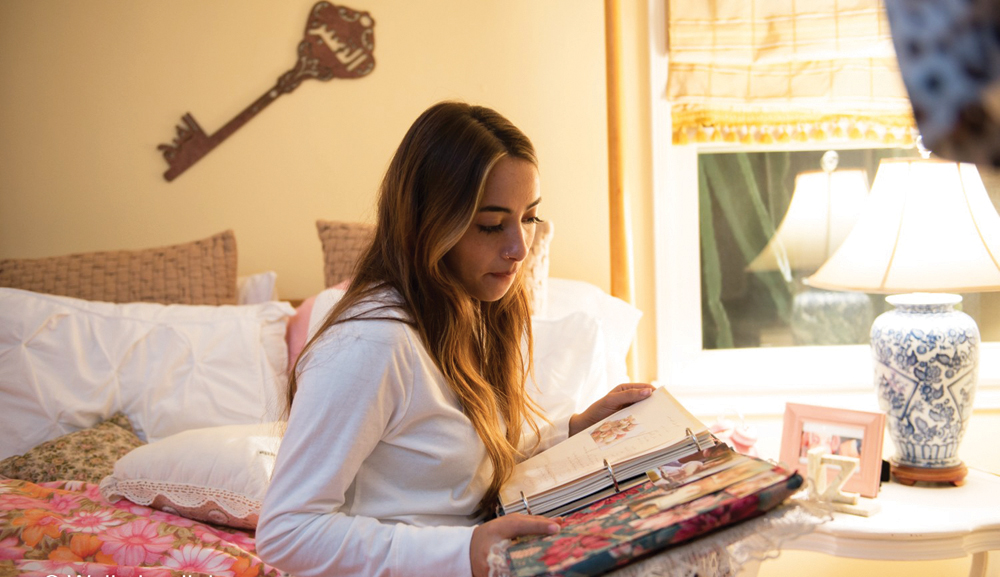
“Zaina’s Cake,” by Nada Al-Mujadidi



